The vast, sun-scorched expanses of the world’s deserts have long been regarded as barren wastelands, but a bold new artistic initiative seeks to transform these landscapes into canvases for a breathtaking fusion of time, light, and shadow. Known as the Solar Engraving Project, this ambitious endeavor introduces the Desert Sundial Installation—a monumental work of art that harnesses the sun’s relentless arc to carve ephemeral beauty into the earth. At its heart lies the "Shadow Blade", a striking architectural element that dances with the daylight, etching ever-shifting patterns across the sand. This is not just art; it is a dialogue between humanity and the cosmos, rendered in silence and sunlight.
The concept of the Desert Sundial Installation is as poetic as it is precise. Designed by a collective of visionary architects, environmental artists, and astronomers, the structure stands as a sentinel in the emptiness, its form both minimalist and monumental. The Shadow Blade, a sleek, angular component, acts as the sundial’s gnomon—the part that casts a shadow. But unlike traditional sundials, this blade is engineered to create intricate, dynamic shadows that morph with the sun’s movement, transforming the desert floor into a living, breathing artwork. The effect is nothing short of mesmerizing: a daily performance where light and darkness collaborate to paint the earth.
What makes the Solar Engraving Project truly revolutionary is its marriage of ancient principles and cutting-edge technology. Sundials date back thousands of years, yet here they are reimagined for the modern age. The installation’s materials—high-reflectivity alloys and weather-resistant composites—ensure durability in harsh desert conditions while maximizing the clarity and sharpness of the shadows cast. Solar tracking algorithms, embedded within the structure’s base, allow the Shadow Blade to adjust its angle minutely throughout the day, optimizing the interplay of light and shadow. The result is a work that feels both timeless and futuristic, a nod to humanity’s earliest timekeeping methods while pushing the boundaries of contemporary art.
The environmental implications of the project are as compelling as its aesthetic achievements. Deserts, often dismissed as lifeless, are in fact delicate ecosystems. The Desert Sundial Installation is designed with sustainability at its core. Its construction requires minimal disruption to the natural landscape, and the materials used are either recyclable or sourced responsibly. Moreover, the installation serves as a subtle reminder of the sun’s power—not just as an artistic medium, but as a boundless energy source. In an era of climate crisis, the project invites viewers to reflect on humanity’s relationship with the planet and the potential for harmony between innovation and ecology.
Visitors who journey to witness the Shadow Blade in action describe the experience as transcendent. At dawn, the blade’s shadow stretches languidly across the sand, a dark ribbon unfurling with the rising sun. By midday, the shadow contracts, sharpening into a razor-thin line that seems to hum with energy. As evening approaches, the shadow elongates once more, its edges softening into a blurred gradient. Each day offers a unique spectacle, influenced by the season, the latitude, and even atmospheric conditions. Some travelers camp for days, documenting the slow, celestial choreography. Others simply sit in silence, awed by the quiet grandeur of the sun’s passage.
The cultural resonance of the Solar Engraving Project extends beyond its visual impact. In many indigenous traditions, the desert is a sacred space, a place of solitude and revelation. The Desert Sundial Installation honors this spiritual dimension, offering a space for contemplation and connection. Local communities have been involved in the project from its inception, ensuring that it respects the land’s history and significance. For some, the Shadow Blade evokes ancient monoliths, standing stones that once served as markers of time and ceremony. For others, it is a symbol of humanity’s enduring quest to find meaning in the cosmos.
Critics and art historians have hailed the project as a milestone in land art, a movement that seeks to integrate artistic expression with the natural environment. Unlike earlier land artworks, which often left permanent scars on the landscape, the Desert Sundial Installation is designed to be ephemeral. Should the project ever be dismantled, the desert would reclaim its stillness, untouched. This impermanence is central to the work’s philosophy—a meditation on the fleeting nature of time itself. The shadows it casts are here one moment, gone the next, a reminder that beauty is often found in transience.
As the Solar Engraving Project gains global attention, its creators envision expanding the concept to other deserts around the world. Each location would offer a unique canvas, shaped by its particular light, terrain, and cultural context. The team is already in discussions with communities in the Sahara, the Atacama, and the Australian Outback, exploring how the Shadow Blade might take on new forms in these landscapes. The goal is not replication, but evolution—a series of site-specific installations that celebrate the diversity of deserts and the universality of the sun’s journey.
For now, the inaugural Desert Sundial Installation stands alone, a solitary figure in the wilderness. Yet its influence is already rippling outward, inspiring artists, scientists, and dreamers to reconsider the possibilities of public art. It challenges us to see deserts not as empty spaces, but as theaters of light and time. In the Shadow Blade, we find a rare convergence of art and science, tradition and innovation, stillness and motion. It is a testament to human creativity and a humble acknowledgment of the forces that shape our world. As the sun continues its eternal circuit, the blade will keep its silent watch, etching its ephemeral masterpiece anew each day.
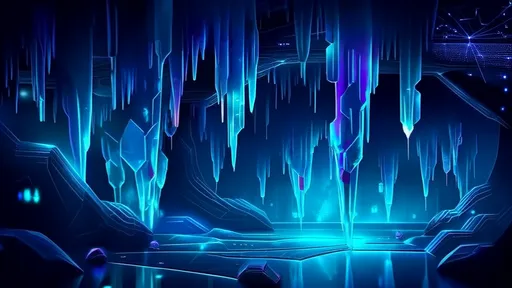
By /Jul 16, 2025
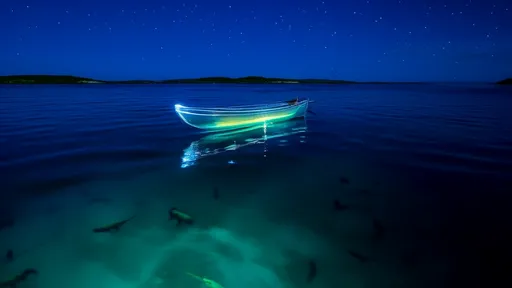
By /Jul 16, 2025
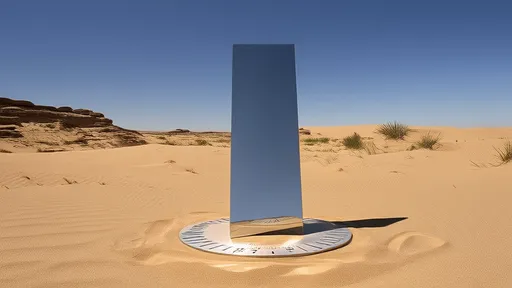
By /Jul 16, 2025
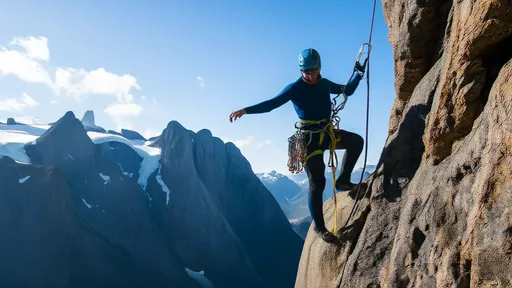
By /Jul 16, 2025
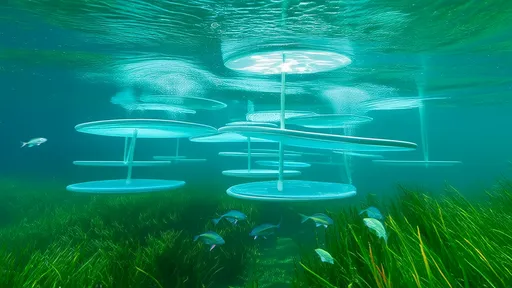
By /Jul 16, 2025
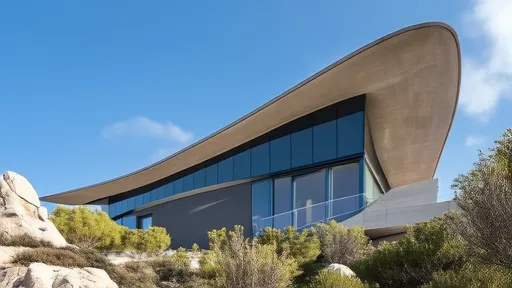
By /Jul 16, 2025

By /Jul 16, 2025
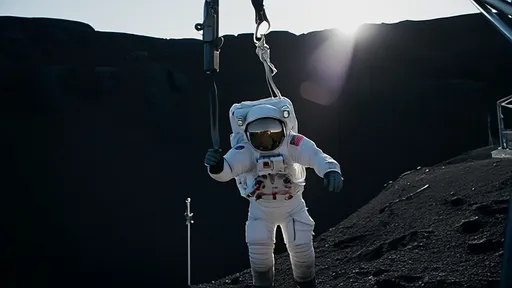
By /Jul 16, 2025
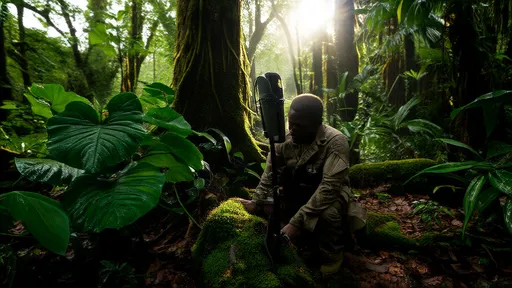
By /Jul 16, 2025

By /Jul 16, 2025
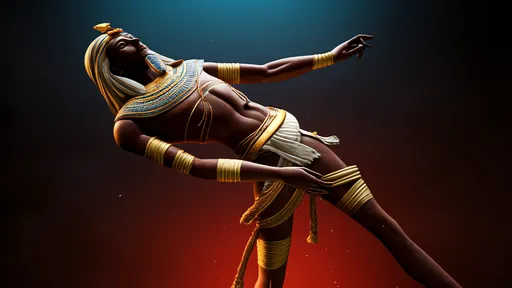
By /Jul 16, 2025
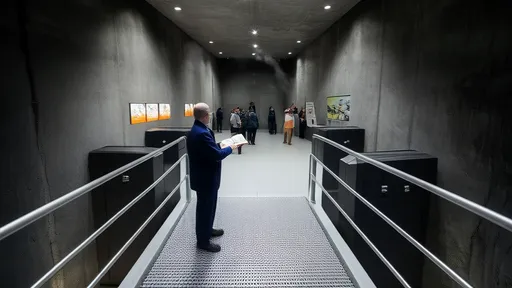
By /Jul 16, 2025
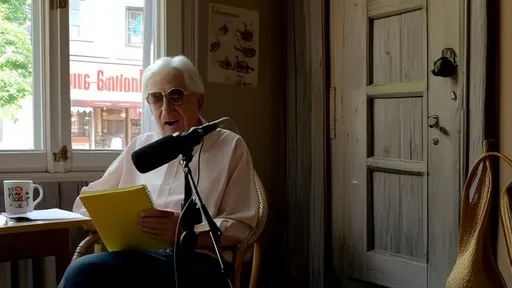
By /Jul 16, 2025

By /Jul 16, 2025
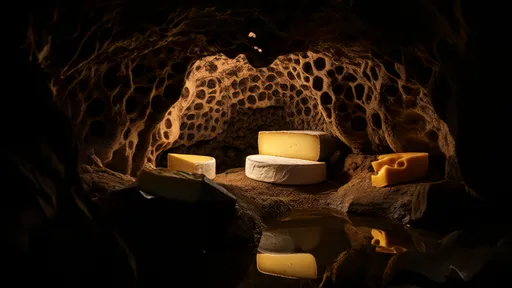
By /Jul 16, 2025
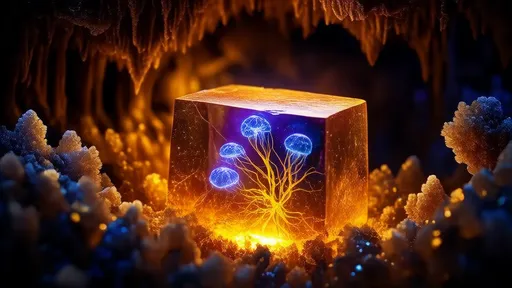
By /Jul 16, 2025
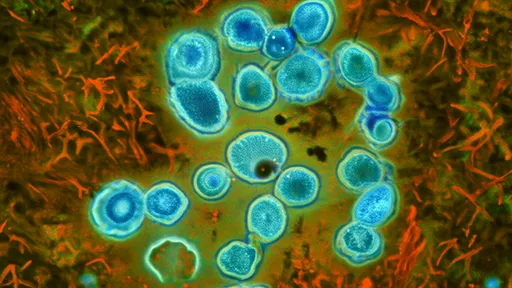
By /Jul 16, 2025

By /Jul 16, 2025